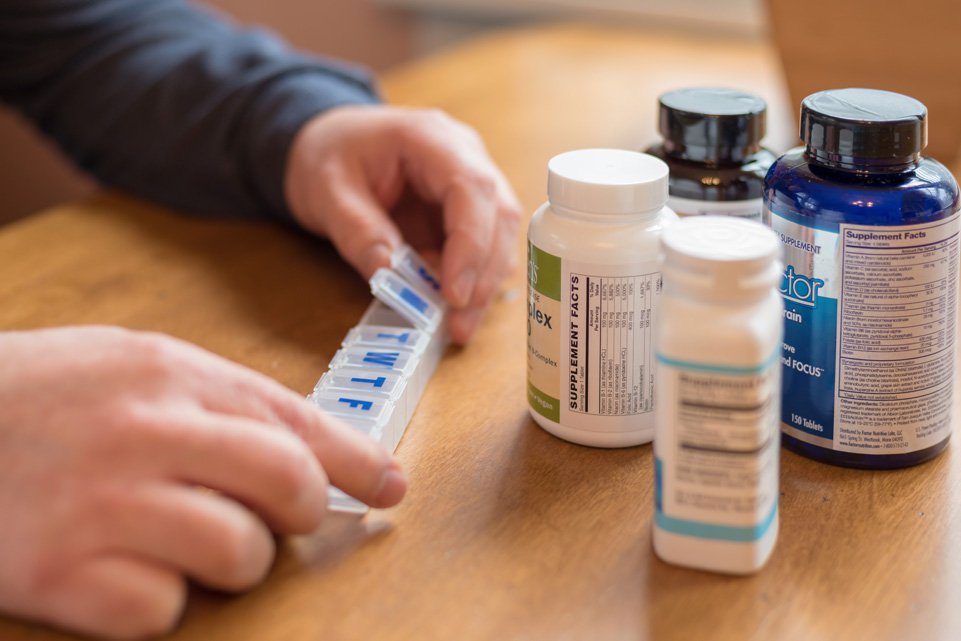Real-time prescription monitoring
Real-Time Prescription Monitoring enables prescribing doctors and dispensing pharmacists to access accurate information regarding a patient’s medication history with respect to specific high-risk drugs.
Real-time prescription monitoring systems do not require prescribers to enter any new data. It is a separate piece of software that keeps track of when specific high-risk medications are prescribed or dispensed. This allows prescribers to be notified if someone is receiving high-risk medications beyond their medical need and make informed decisions regarding this medication. Real-time prescription monitoring systems do not prevent prescribers from writing or dispensing a script.
Listen to the podcast: Preventing Harm from Prescription Medicines with the ADF
SafeScript
In late 2018, the Victorian Government trialed SafeScript in the Western Victorian Primary Health Network and the wider rollout is scheduled for early 2019.1
SafeScript will monitor the medicines that present the greatest risk to the Victorian community based on historical trends.1 This includes strong opioid painkillers, strong medicines for anxiety or insomnia, stimulants used to treat ADHD or narcolepsy and some other high-risk medicines.
Watch the Webinar: Safescripts – Understanding what it is and how it impacts our clients
SafeScript monitoring
SafeScript is Victoria’s real-time prescription monitoring system.
Naloxone
Naloxone is a drug that can temporarily reverse opioid overdose.
Other pain and anxiety management methods
Information about ongoing chronic pain.
Taking Action
Enquiries about any drug use, including prescription medication

- Victorian State Government. (2018). About SafeScript. Retrieved Febuary 28, 2019
- World Health Organisation. (2019). Lexicon of alcohol and other drug terms published by the World Health Organisation. Retrieved Febuary 28, 2019
- Australian Institute of Health and Welfare. (2018). Opioid Harm . Retrieved Febuary 28, 2019
- NPS MedicineWise. (2015, July 8). Benzodiazepine dependence: reduce the risk. Retrieved Febuary 28, 2019
- Brands, B., Sproule, B., & Marshman, J. (1998). Drugs and Drug Abuse (3rd ed.). Toronto: Addiction Research Foundation.
- ScriptWise. (2019). Prescription Benzodiazepines. Retrieved Febuary 28, 2019
- Australian Bureau of Statistics. (2018, May 16). Drug-Induced Deaths in Australia: A changing story. Retrieved Febuary 28, 2019
- Victorian State Government. (2018). About SafeScript. Retrieved August 1, 2019
- World Health Organisation. (2019). Dependence Syndrome. Retrieved Febuary 28, 2019
- Penington Institute. (2018). Overdose Basics. Retrieved Februart 28, 2019
- Harm Reduction Coalition. (n.d.). Recognizing Opioid Overdose. Retrieved February 28, 2019
- Jauncey, M. E., & Nielsen, S. (2017, August 1). Community use of naloxone for opioid overdose. Retrieved February 28, 2019
- Australian Pain Management Association. (2018). Medication. Retrieved February 28, 2019
- Australian Pain Management Association. (2018). Psychological Approaches to Pain Management. Retrieved February 28, 2019
- Hilton, L., Hempel, S., Ewing, B. A., Apaydin, E., Xenakis, L., Newberry, S., . . . Malione, M. A. (2017, April). Mindfulness Meditation for Chronic Pain: Systematic Review and Meta-analysis. Analysis of Behavioural Medicine, 51(2), 199-213.